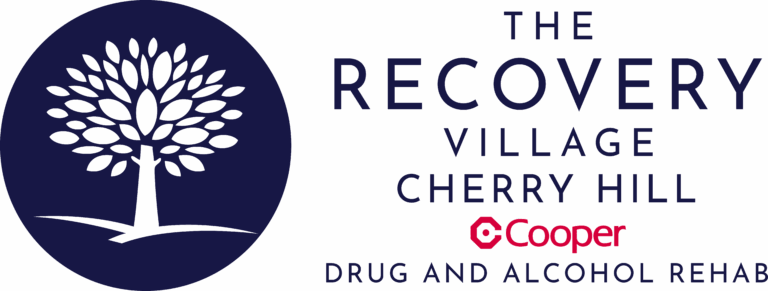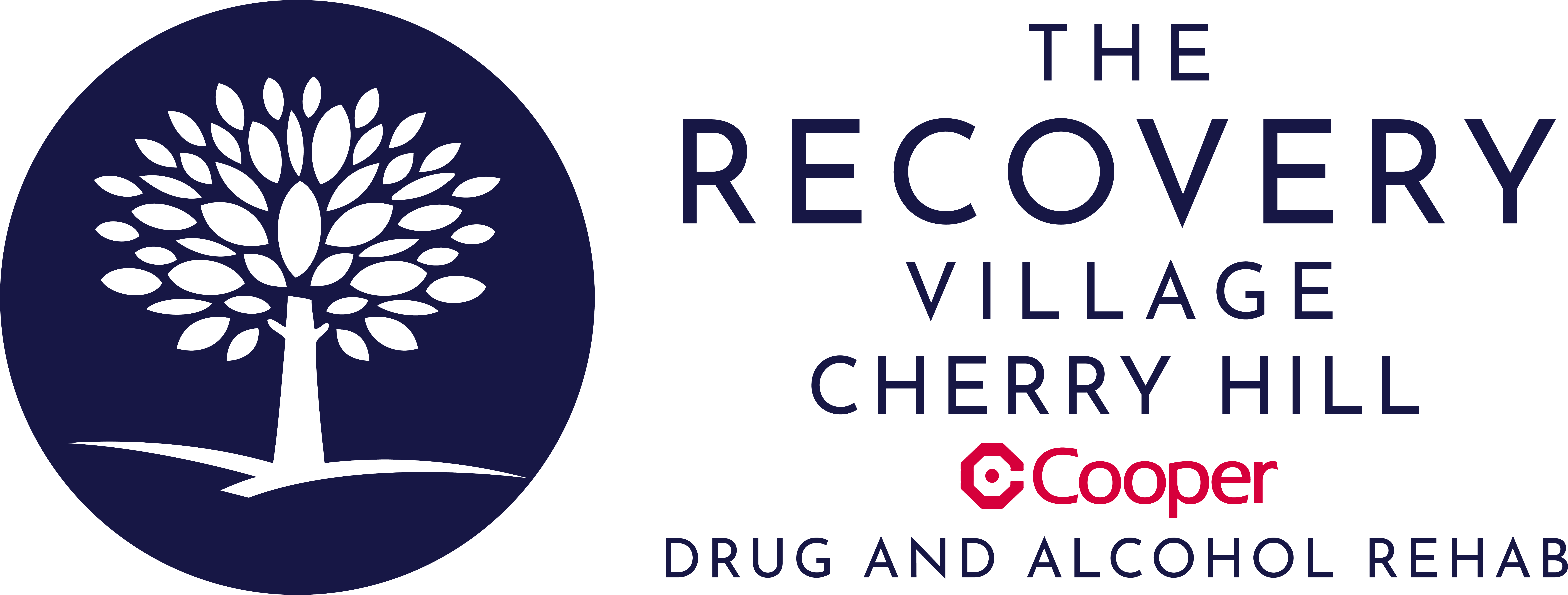Many people turn to over-the-counter drugs like Claritin to relieve the discomfort of seasonal allergies. If you drink alcohol, however, you may wonder if it is safe to drink while taking Claritin or other allergy medications. Notably, Claritin’s package labeling does not discuss1 if drinking is safe to do while on the medication. This may lead people to believe there is no risk of side effects if you drink while taking Claritin. However, doing so can compound the side effects of both alcohol and Claritin.
What Is Claritin?
Claritin is the brand name for the generic drug loratadine. The drug comes in a variety of dosage forms, including tablets, chewable and disintegrating tablets, liquid and capsules. It is FDA-approved1 as a once-daily, over-the-counter treatment for upper respiratory allergy symptoms like:
- Runny nose
- Itchy eyes, nose and throat
- Watery eyes
- Sneezing
Loratadine is also available in a drug called Claritin-D, which is a combination of loratadine and pseudoephedrine. This formulation is taken once3 or twice2 daily and is FDA-approved for:
- Allergy symptoms like sneezing, itchy or watery eyes, itchy nose or throat and runny nose
- Nasal congestion and swelling from the common cold or allergies
- Sinus congestion and pressure
Side effects of loratadine can include drowsiness and dizziness, which may be compounded7 when you take the drug with alcohol.
Recovery Can Be Life Changing
Whether you or a loved one is struggling with addiction, our expert team is here to guide you every step of the way. Don’t wait— reach out today to take the first step toward taking control of your life.
“My life has became something that I’m proud of and something I can be grateful for.“
– Joseph McDermott, The Recovery Village Cherry Hill Alumni
Antihistamines and Alcohol
Because most antihistamines are central nervous system depressants that cross the blood-brain barrier to cause sedation, it is best to avoid drinking while taking them. Although Claritin has less risk4 of sedation and drowsiness than many other antihistamines, combining it with alcohol can still result in more sleepiness4 than you may expect.
Risk of Taking Claritin With Alcohol
Taking Claritin with alcohol can cause excessive drowsiness4. Further, because Claritin is dosed once or twice daily, it can last in your system a long time. This is especially4 true if you have kidney or liver problems or are elderly, which can make the drug reach higher levels in your system than normal.
Loratadine is still active in your system hours after you have taken a dose. Taking a dose of loratadine in the morning and having an alcoholic drink at night, therefore, does not adequately separate the two substances. The half-life of loratadine, or how long it takes for half a dose to leave your body, is 8.4 hours4 in adults without liver problems. Because it takes about five half-lives5 to completely rid your body of a drug, Claritin can remain in your system for more than 40 hours after you take a dose. Drinking during this timeframe can put you at risk of increased side effects, including alcohol-related liver disease.
Claritin Drug Interactions
Like all drugs, Claritin has some drug interactions4. Some notable interactions include:
- Certain COPD drugs: Certain drugs for chronic obstructive pulmonary disease (COPD) may interact with loratadine to cause vision changes, dry mouth, urinary retention, mental status changes and constipation. These include drugs containing aclidinium, ipratropium, tiotropium and umeclidinium.
- Opioids: As central nervous system depressants, the side effects of opioids may intensify with loratadine.
- Sleep medications: Sleep medications like zolpidem, which is sold under the brand name Ambien, should not be combined with loratadine due to additive side effects.
If you or a loved one struggles with drinking, you are not alone. Our alcohol recovery specialists at The Recovery Village Cherry Hill at Cooper are happy to walk you through the steps you can take to start living a healthier, alcohol-free life. Contact us today to learn more about treatment plans and programs that will best suit your situation and personal needs.










